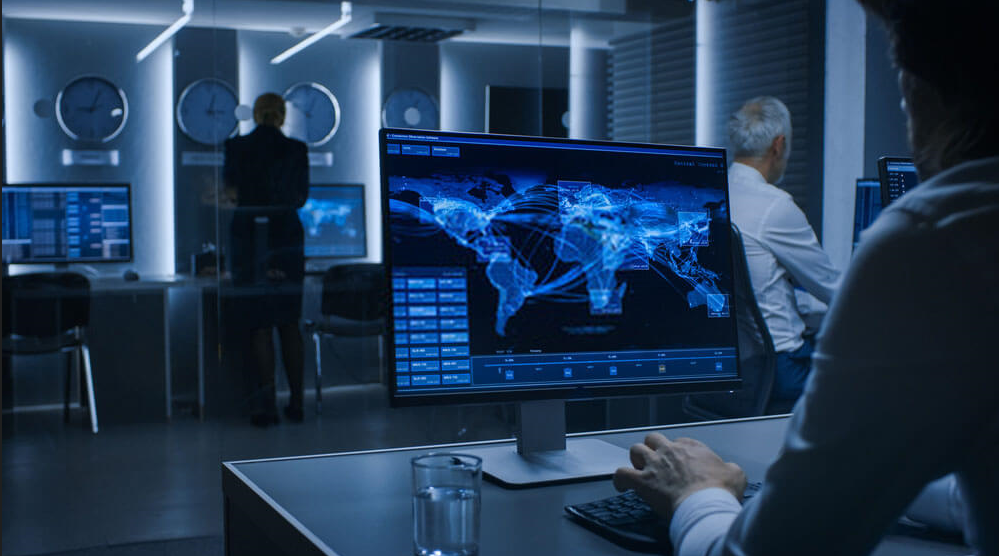In the digital realm, where threats lurk like shadows, organizations require a vigilant sentinel to protect their precious assets. This sentinel is the Security Operations Center (SOC), a symphony of security tools and expertise that monitors, detects, and responds to cyberattacks.
At the heart of the SOC lies a powerful maestro: Security Information and Event Management (SIEM). SIEM conducts a harmonious orchestration of security events, correlating data from disparate sources to reveal patterns, anomalies, and potential threats.
SIEM’s Crucial Role in the SOC
SIEM plays a crucial role in the SOC, enabling it to:
- Centralize log management and correlation: SIEM collects, aggregates, and normalizes log data from a wide range of systems, providing a unified view of security events across the organization. This centralized approach facilitates efficient monitoring and analysis, enabling SOC analysts to quickly identify suspicious activity.
- Detect threats in real time: SIEM continuously scans log data for potential threats, leveraging predefined rules and correlation rulesets. It generates alerts that notify SOC analysts of suspicious activity, allowing them to promptly investigate and respond to incidents.
- Enhance detection capabilities with advanced analytics and machine learning: SIEM leverages advanced analytics and machine learning algorithms to identify sophisticated threats that evade traditional security measures. By baselining normal behavior and identifying deviations from established patterns, SIEM can detect threats that are invisible to the human eye.
- Support incident investigation and forensic analysis: In the event of a security incident, SIEM plays a vital role in supporting investigation and forensic analysis. It provides a centralized platform for storing and analyzing historical log data, enabling analysts to reconstruct events, trace the root cause of incidents, and perform detailed forensic analysis.
- Facilitate compliance and reporting: SIEM facilitates compliance with industry regulations and standards by automating log collection, retention, and reporting. SOC teams can easily generate audit reports, demonstrating adherence to regulations such as PCI DSS, HIPAA, and GDPR.
SIEM: The Maestro of Security
SIEM is the maestro of security, conducting a symphony of tools and expertise to protect organizations from cyberattacks. Its centralized log management, real-time threat detection, advanced analytics, and compliance capabilities make it an indispensable tool within the SOC.
By leveraging the power of SIEM, organizations can:
- Proactively defend against emerging threats: SIEM’s real-time monitoring and analysis capabilities enable organizations to detect threats early, before they can cause significant damage.
- Minimize incident response times: SIEM’s ability to correlate events across multiple systems provides SOC analysts with critical context to incidents, allowing them to respond quickly and effectively.
- Maintain a strong security posture: SIEM provides organizations with a comprehensive view of their security posture, enabling them to identify and address weaknesses before they are exploited by attackers.
In the ever-changing cybersecurity landscape, a SOC equipped with a robust SIEM solution is essential. SIEM’s centralized log management, real-time threat detection, and advanced analytics empower SOC teams to proactively defend against emerging threats, minimize incident response times, and maintain a strong security posture.
Incorporate SIEM into your SOC framework to bolster your cybersecurity defenses and safeguard valuable assets.

